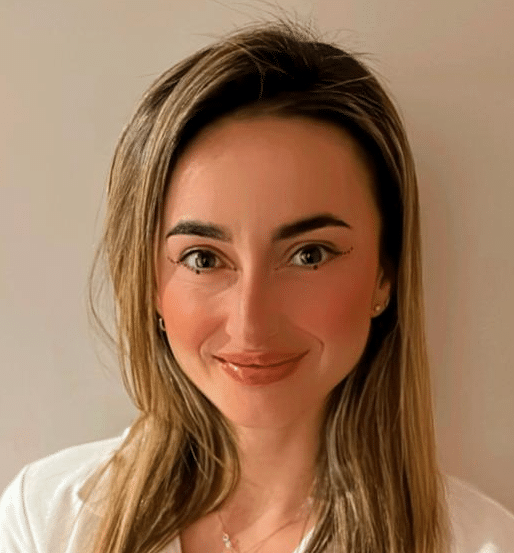Massage therapy is a form of physical therapy involving manipulation of the muscles, tendons, ligaments and fascia.
Our approach includes deep tissue massage, sports massage, trigger point therapy, manual lymphatic massage, Thai massage and myofascial release.
